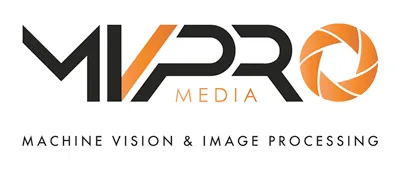EU research funding is spread thinly across thousands of poorly aligned projects, while member states are vying with each other for dominance in AI. Overcoming national interests and working at scale are necessary to build a successful AI sector.
ChatGPT – the natural language processor that harnesses internet knowledge into a human conversation interface – has captured the public imagination like no technology innovation since the iPhone. Suddenly artificial intelligence (AI) technologies that aim to replicate human cognition, already widely used in industry, are set for widespread consumer uptake too.
Like the Apple iPhone, ChatGPT is a US product, suggesting US dominance of technology is only getting stronger. It was sobering to hear Clement Delangue, French CEO of HuggingFace, the company behind the development of Bloom, the highly regarded alternative to ChatGPT, tell the US Congress last month why the founders relocated to the US. “I believe we could not have created this company anywhere else,” Delangue said.
Nothing better highlights Europe’s predicament in AI. While home to some of the world’s best universities and research institutions, when it comes to commercial applications we are falling ever further behind the US. This threatens Europe’s ability to compete in the global market, and given the sector’s growing economic significance, the means to continue funding Europe’s welfare model and way of life.
The importance of this cannot be overstated: technology in general and AI in particular drive economic, cultural and societal development. The growing gap between us and our competitors raises serious questions about Europe’s sovereignty in the future.
Francesco Ferro, CEO of PAL Robotics, has said:
“At PAL Robotics, we take part in a number of valuable collaborative projects, with other organisations across Europe, to drive innovation in the sector and help to develop AI further to be ready to meet the challenges of society. An example would be getting humanoid robots ready to help older people at home with the tasks of daily living.”
“However, what is lacking here is developments on a larger scale. In Europe, we are missing large innovation centres with long-term plans that are able to have a Europe-wide or even worldwide impact with their research. Without this infrastructure and investment, it’s difficult to drive the societal progress on a bigger scale that will really help us.”
Read the full article: https://sciencebusiness.net/viewpoint/ai/viewpoint-how-europe-can-catch-us-artificial-intelligence















